The Rise of the Robots: Why Humanoid Robotics Will Need Expert Repair & What Fix4Bot.com is Building
Vinod Khosla, renowned venture capitalist and one of the earliest investors in OpenAI, recently made a bold prediction: the humanoid robotics business will surpass the automotive industry within the next two decades. This isn’t mere science fiction; the pace of innovation in robotics is accelerating, driven by advancements in AI, materials science, and sensor technology. As these sophisticated machines move from factories and research labs into our homes, offices, and public spaces, a critical, often overlooked aspect is emerging: repair.
The automotive industry, with a century of development and a vast infrastructure built around maintenance and repair, serves as a potent benchmark. Just as cars require routine servicing and occasional major repairs, humanoid robots – exponentially more complex – will demand robust diagnostic and remediation capabilities. And that’s where Fix4Bot.com sees a massive opportunity and is actively building a future-proof platform.
This article will explore the unique challenges associated with humanoid robot repair, detail the emerging technologies driving this need, and highlight how Fix4Bot.com is positioning itself as the leading provider of diagnostic and repair solutions for the next generation of robotic workforce.
The Scale of the Problem: Humanoid Robotics – Beyond Automotive Complexity
The comparison to the automotive industry is apt, but it’s crucial to understand the nuanced differences. A car, despite its intricate engineering, primarily operates on mechanical principles. While vehicle electronics are increasingly sophisticated, the core systems – engine, transmission, chassis – are relatively well-understood, with established diagnostic procedures and repair techniques honed over decades.
Humanoid robots, however, integrate multiple disciplines – mechanical engineering, electrical engineering, computer science (AI, machine learning), materials science, and sensor technology – in a hyper-converged system. A single humanoid robot likely contains:
- Complex Actuation Systems: Electric motors, harmonic drives, hydraulic systems – often tailored for precise, human-like movements. Failures in these systems can range from simple motor burnout to catastrophic gearbox failures.
- Advanced Sensor Suites: LiDAR, cameras (RGB, depth, thermal), inertial measurement units (IMUs), force/torque sensors, microphones – all providing real-time data about the environment and the robot’s own state. Sensor drift, calibration issues, and physical damage are common.
- Sophisticated Control Systems: Embedded computers running custom operating systems and control algorithms, often incorporating sophisticated AI. Software glitches, hardware failures, and communication errors can disrupt functionality.
- Power Systems: Batteries (often advanced chemistries like lithium-ion), power distribution units, and charging infrastructure. Battery degradation, overheating, and short circuits pose significant risks.
- Advanced Materials: Lightweight composites, high-strength alloys, and increasingly, soft robotics materials. Damage to these materials can be difficult to detect and repair.
- Artificial Intelligence and Machine Learning Modules: Central to a humanoid’s decision-making capabilities. Corruption of data, algorithm errors, and hardware malfunctions can severely impair functionality, often with subtle and hard-to-diagnose symptoms.
This blend of technologies significantly amplifies the potential points of failure and the complexity of diagnostics and repair. A car mechanic may be proficient in engine repair, but lack the expertise to troubleshoot a humanoid robot’s vision system or its reinforcement learning algorithm.
Types of Damages and Maintenance Needs
The scope of potential damages extends far beyond simple mechanical breakdowns. Here’s a breakdown of likely issues, categorized by severity and likelihood:
- Routine Maintenance (High Likelihood):
- Sensor Calibration: LiDAR, cameras, and IMUs require regular calibration to maintain accuracy.
- Joint Lubrication: Like machinery, robot joints require lubrication to minimize friction and wear.
- Software Updates: Continual software updates are vital for security, performance, and feature enhancements.
- Battery Health Monitoring: Regular checks and replacements to ensure optimal performance and lifespan.
- Cosmetic Repairs: Scratches, dents, and other superficial damage.
- Moderate Damage (Medium Likelihood):
- Motor/Actuator Replacement: Wear and tear on motors and actuators leading to reduced torque or erratic movement.
- Sensor Failure: Individual sensors or entire sensor systems failing due to physical damage or electronic malfunction.
- Communication Errors: Issues with internal communication networks (e.g., CAN bus) causing intermittent functionality.
- Power System Problems: Battery degradation, regulator failures, and wiring issues.
- Severe Damage (Lower Likelihood, Higher Cost):
- Collision Damage: Impacts resulting in broken limbs, structural damage, and potential AI disorientation.
- Software Corruption: Malware, data corruption, or programming errors leading to unpredictable behavior or complete malfunction.
- Central Processing Unit (CPU) Failure: Catastrophic failure of the robot’s main computer.
- Artificial Skin Damage: Tears or malfunctions in the robot’s synthetic skin, impacting tactile sensing and aesthetics.
- AI Regression: Unexpected degradation of the robot’s performance due to changes in the operating environment.
Emerging Technologies Driving the Need for Specialized Repair
Several technological trends are contributing to the increasing complexity and prevalence of robotic repair needs:
- Soft Robotics: The integration of flexible, deformable materials in robot bodies introduces new failure modes related to tearing, abrasion, and material fatigue. Repairing soft robots often requires specialized adhesives, 3D printing techniques, and even bio-inspired repair strategies.
- Exoskeletons and Wearable Robotics: These devices, increasingly common in industrial and medical settings, are subject to unique stresses and strains. Damage can result from impacts, repetitive motions, and prolonged use. Rapid and reliable repair is crucial to minimize downtime.
- Collaborative Robots (Cobots): Cobots operate closely with humans, making safety paramount. Malfunctions can pose risks to workers, necessitating swift and accurate diagnostics and repairs.
- AI-Driven Robotics: As AI algorithms become more complex, they can mask underlying hardware or mechanical issues. Diagnosing problems in AI-powered robots requires both traditional engineering skills and an understanding of machine learning principles.
- Increased Autonomy: Robots performing complex tasks in dynamic environments are more likely to encounter unexpected situations, leading to damage.
- Edge Computing: The shift towards processing data directly on the robot (edge computing) introduces new hardware and software dependencies, increasing the potential for localized failures.
Fix4Bot.com: A Proactive Approach to Robotic Repair
Fix4Bot.com is building a comprehensive platform addressing the looming robotic repair challenge. Our approach is multi-faceted, encompassing diagnostics, repair services, parts sourcing, and training:
- AI-Powered Diagnostic Tools: We are developing advanced diagnostic software utilizing machine learning to analyze sensor data, identify anomalies, and pinpoint the root cause of robot malfunctions. This system incorporates techniques like:
- Anomaly Detection: Identifying deviations from normal operating parameters.
- Fault Isolation: Tracing the source of a problem through interconnected subsystems.
- Predictive Maintenance: Forecasting potential failures based on historical data and usage patterns.
- Remote Diagnostics & Expert Support: Leveraging secure communication channels, Fix4Bot.com connects users with a network of certified robotic technicians for remote troubleshooting and expert guidance. Video conferencing, augmented reality overlays, and remote access tools empower technicians to diagnose and resolve issues efficiently.
- Modular Repair Infrastructure: We’re adopting a standardized modular approach to robot design, simplifying disassembly, component replacement, and upgrades. This allows for faster and more efficient repairs.
- Extensive Parts Inventory: Fix4Bot.com maintains a comprehensive inventory of replacement parts for a wide range of humanoid robot models, ensuring rapid availability when repairs are needed. We are also partnering with robotics manufacturers to ensure access to genuine components.
- Certified Technician Network: We are building a global network of certified robotic technicians specifically trained to diagnose and repair humanoid robots. Certification requires a combination of technical expertise, diagnostic skills, and adherence to Fix4Bot.com’s quality standards.
- Training and Education: Recognizing the skills gap in robotic repair, Fix4Bot.com offers online courses and workshops to train technicians and empower robot owners to perform basic maintenance tasks.
- Data-Driven Insights: Fix4Bot.com uses anonymized repair data to identify recurring failure patterns, provide feedback to robot manufacturers, and improve our diagnostic and repair processes.
Looking Ahead: The Future of Robotic Repair
As humanoid robots become increasingly integrated into our lives, the need for skilled repair services will only intensify. Fix4Bot.com is focused on:
- Developing Adaptive Repair Techniques: Utilizing AI to dynamically tailor repair procedures based on the specific damage and the robot’s configuration.
- Integrating 3D Printing for On-Demand Parts: Enabling technicians to fabricate custom replacement parts on-site, reducing lead times and costs.
- Exploring Self-Repair Capabilities: Researching and developing rudimentary self-diagnosis and repair capabilities for robots, enabling them to perform basic maintenance tasks autonomously.
- Expanding Platform Compatibility: Continuously adding support for new robot models and technologies.
Vinod Khosla’s prediction about the dominance of humanoid robots isn’t just about a technological revolution; it’s about a new industrial ecosystem, complete with its own service and maintenance requirements. Fix4Bot.com is determined to lead the charge, ensuring that the rise of the robots is supported by a robust and accessible repair infrastructure, keeping these remarkable machines operational and contributing to a more efficient and automated future.


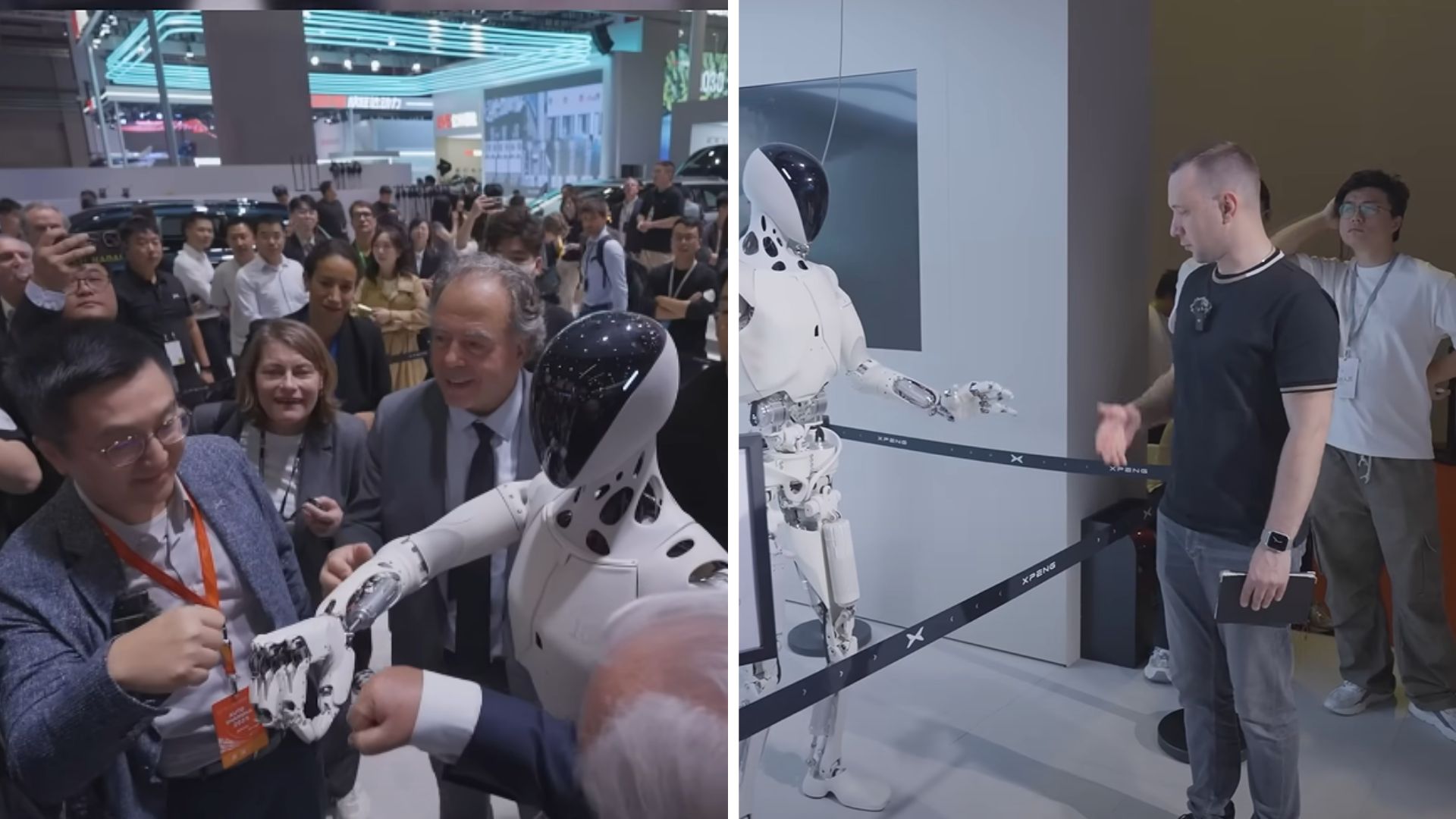

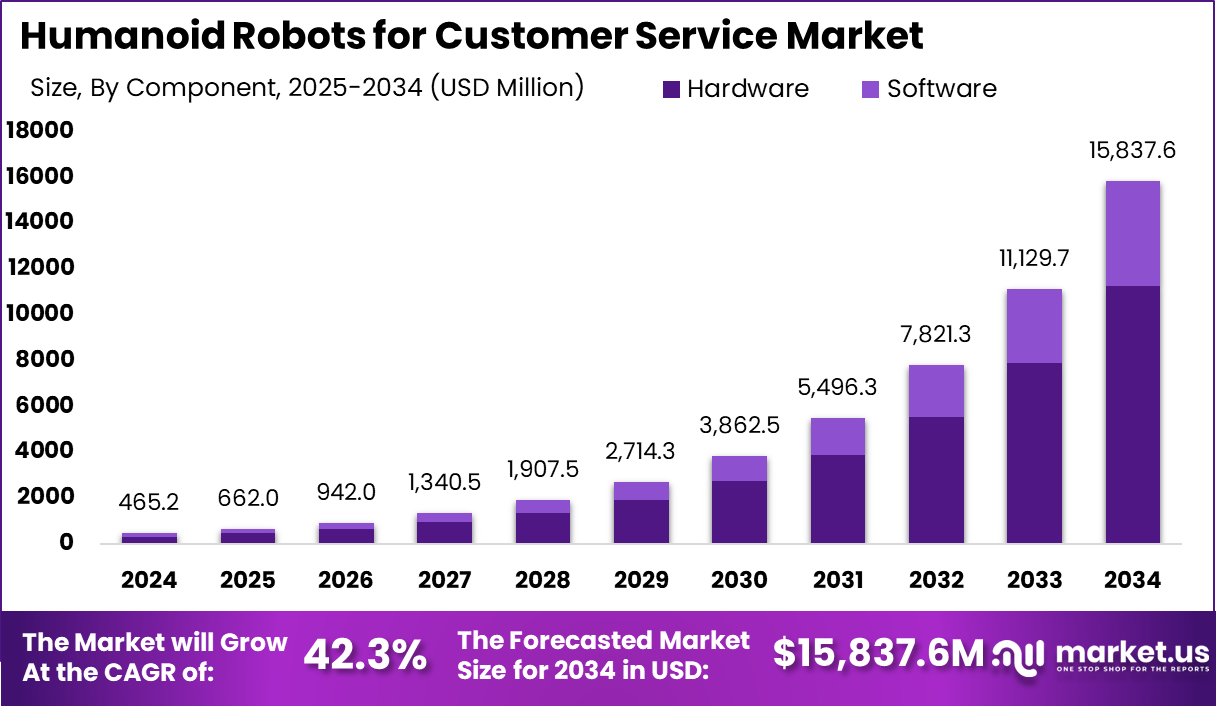
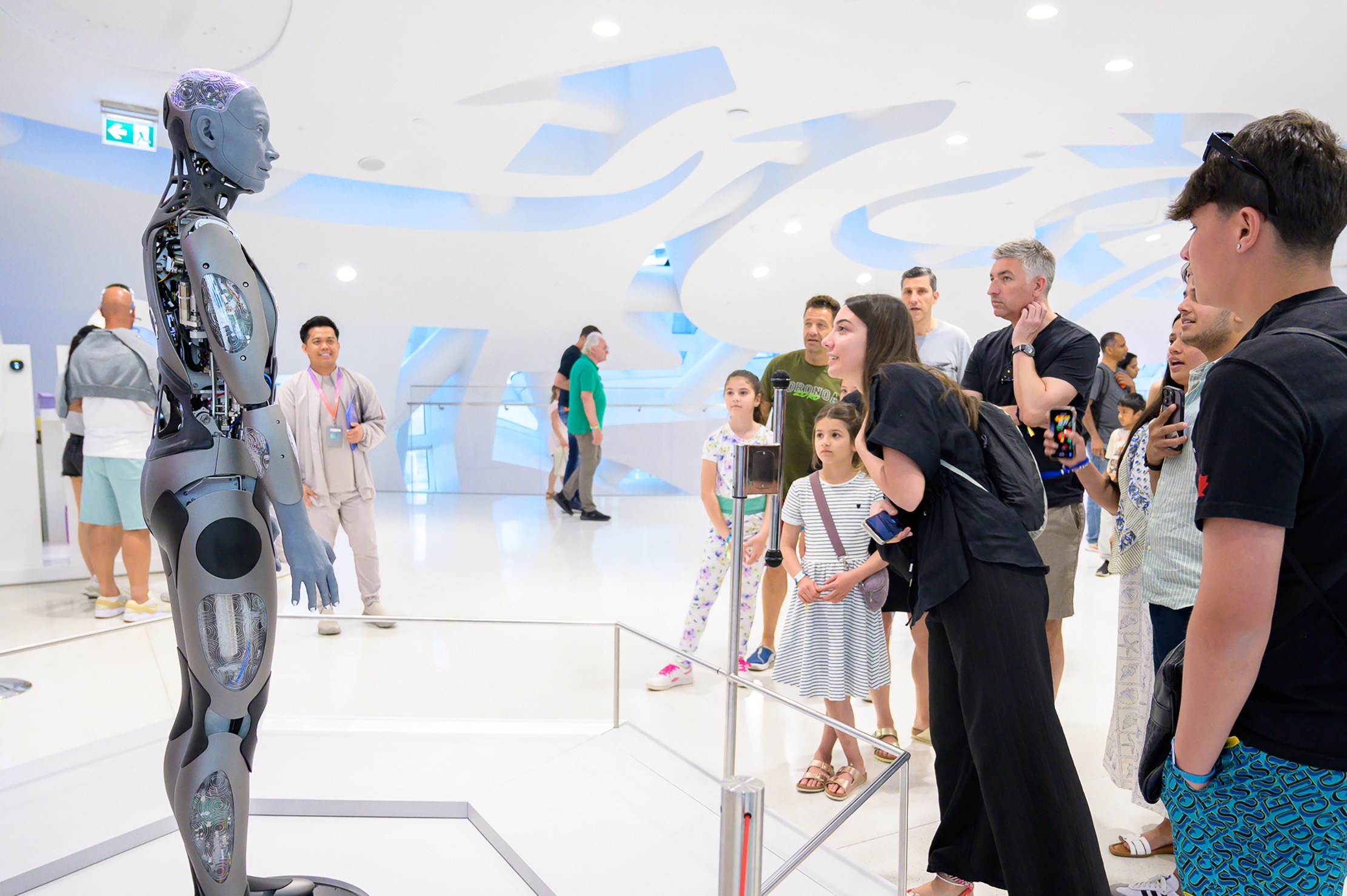
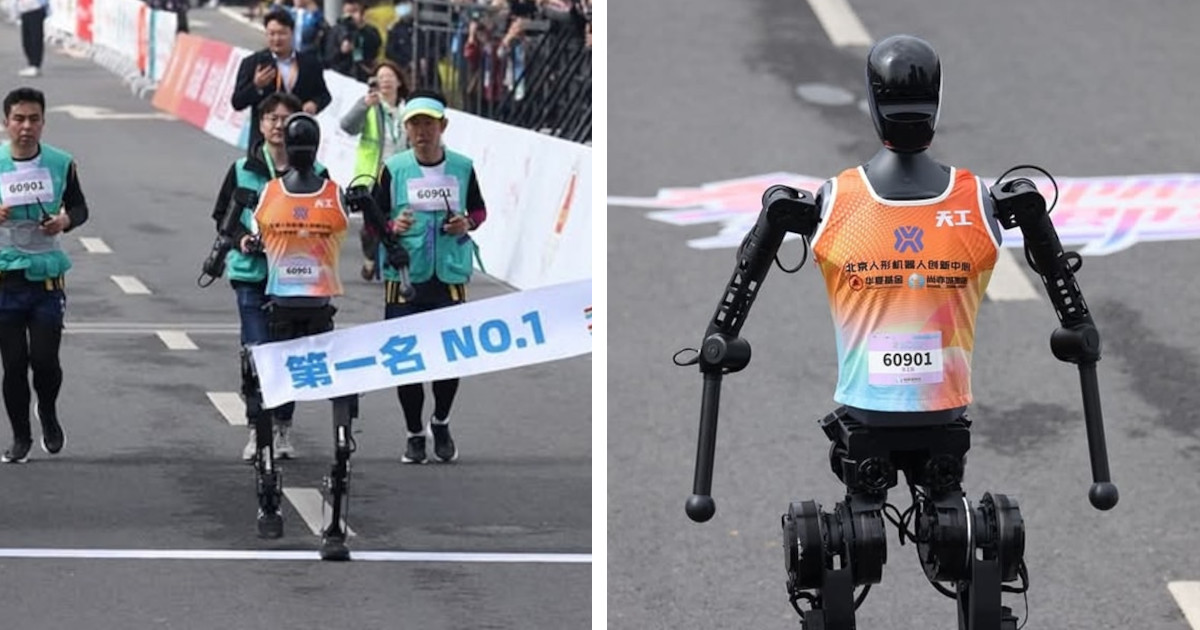
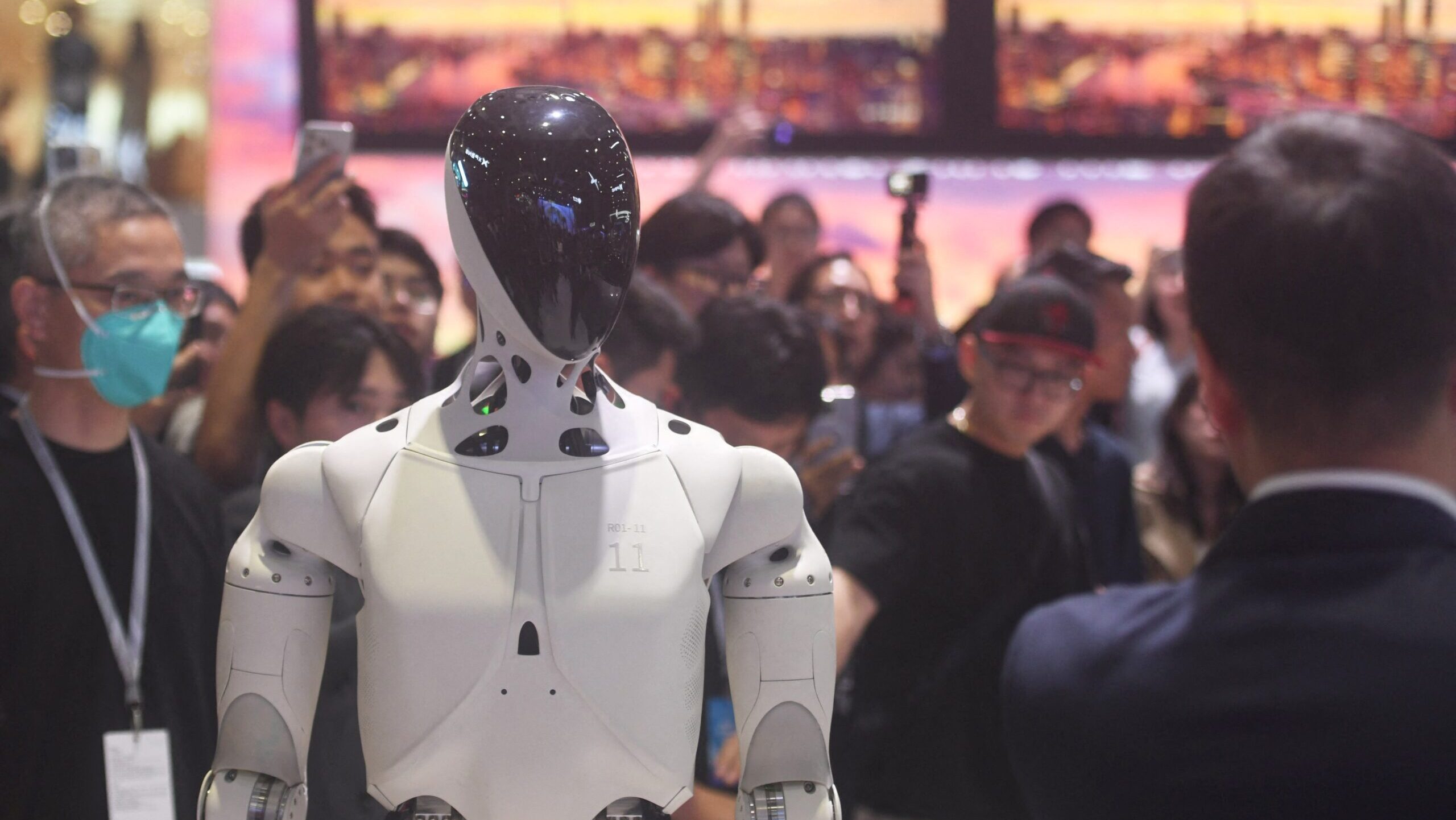

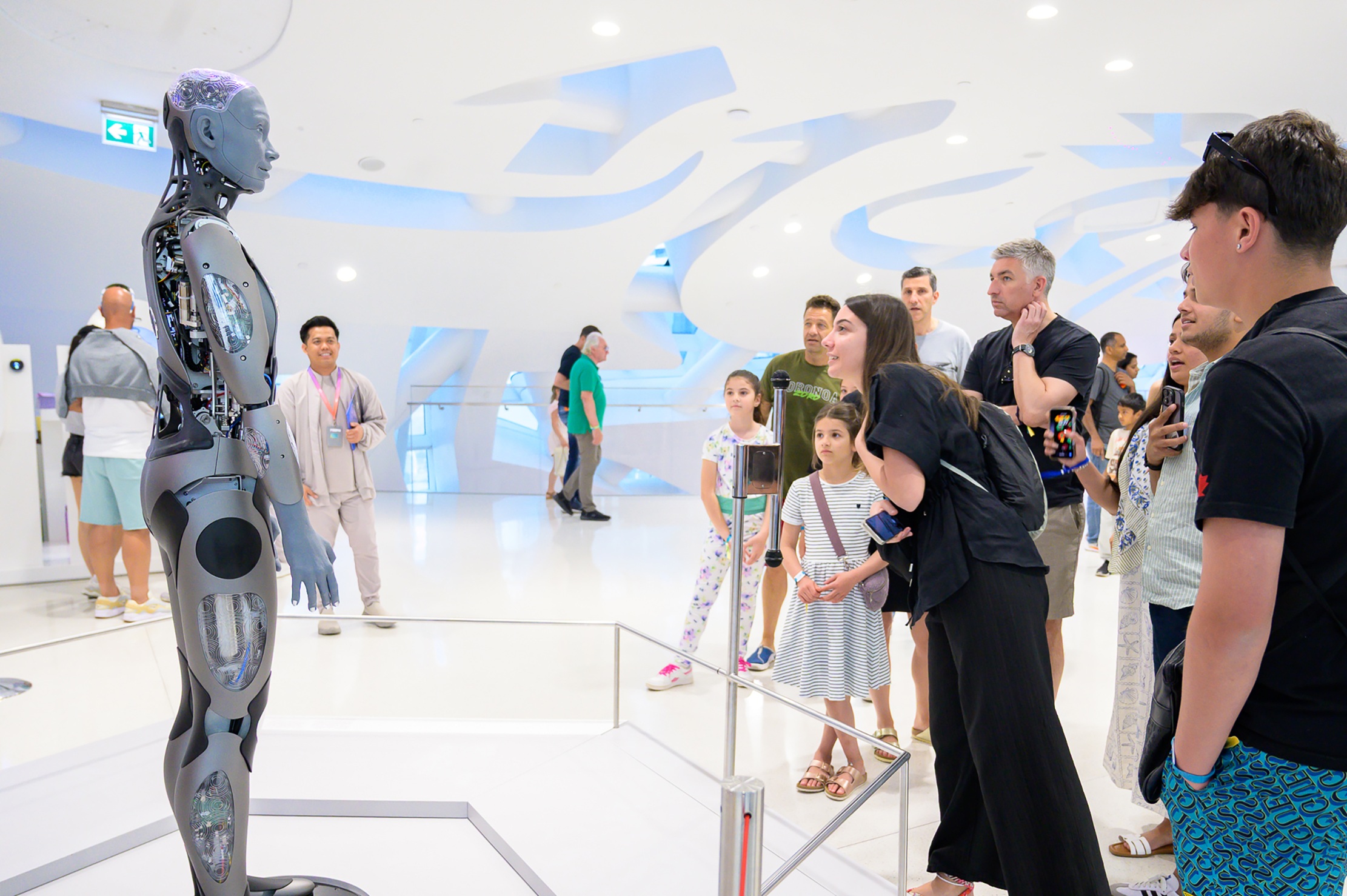

Don't Translate!
אל תקרא את השם שלי
I feel like these will only end up as really expensive toys.
I'm laughing at him…I guess we'll see who is right.